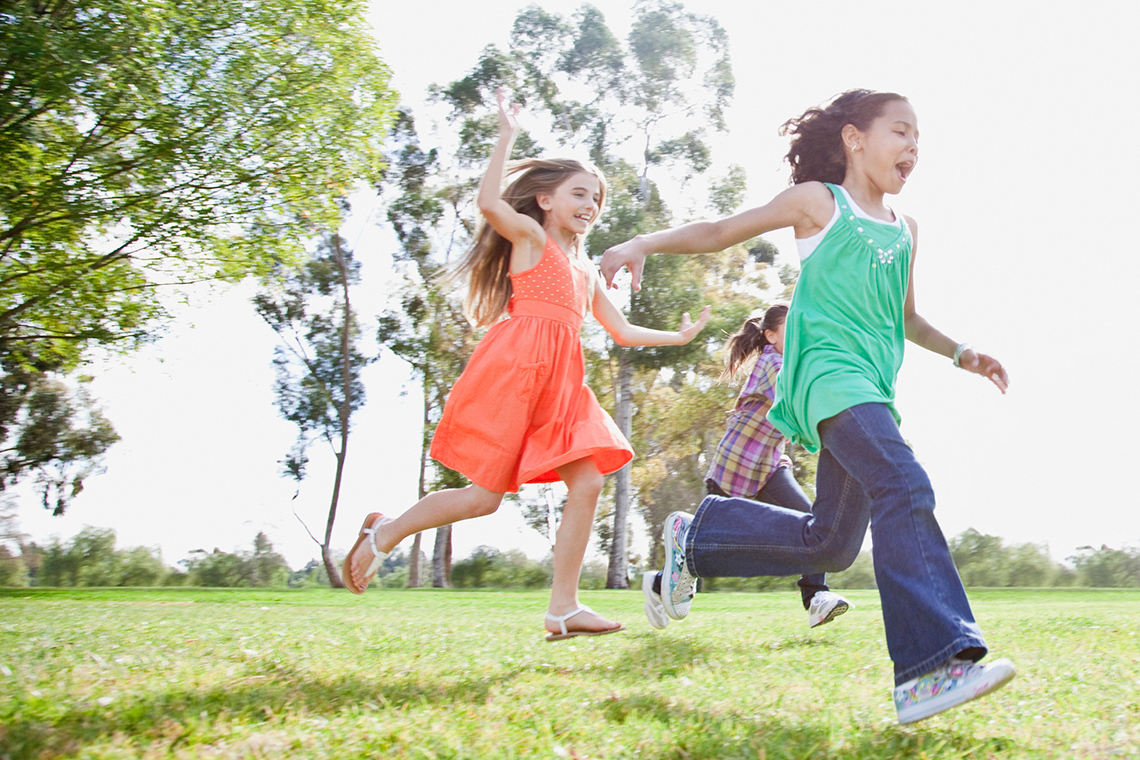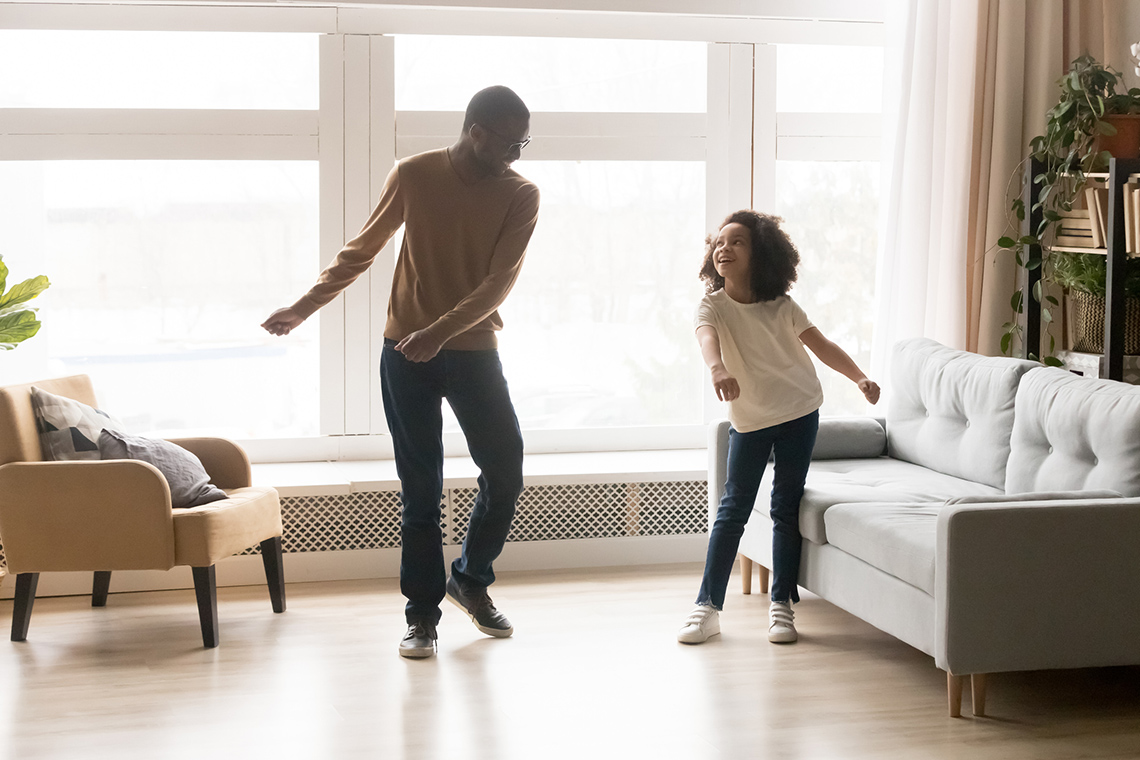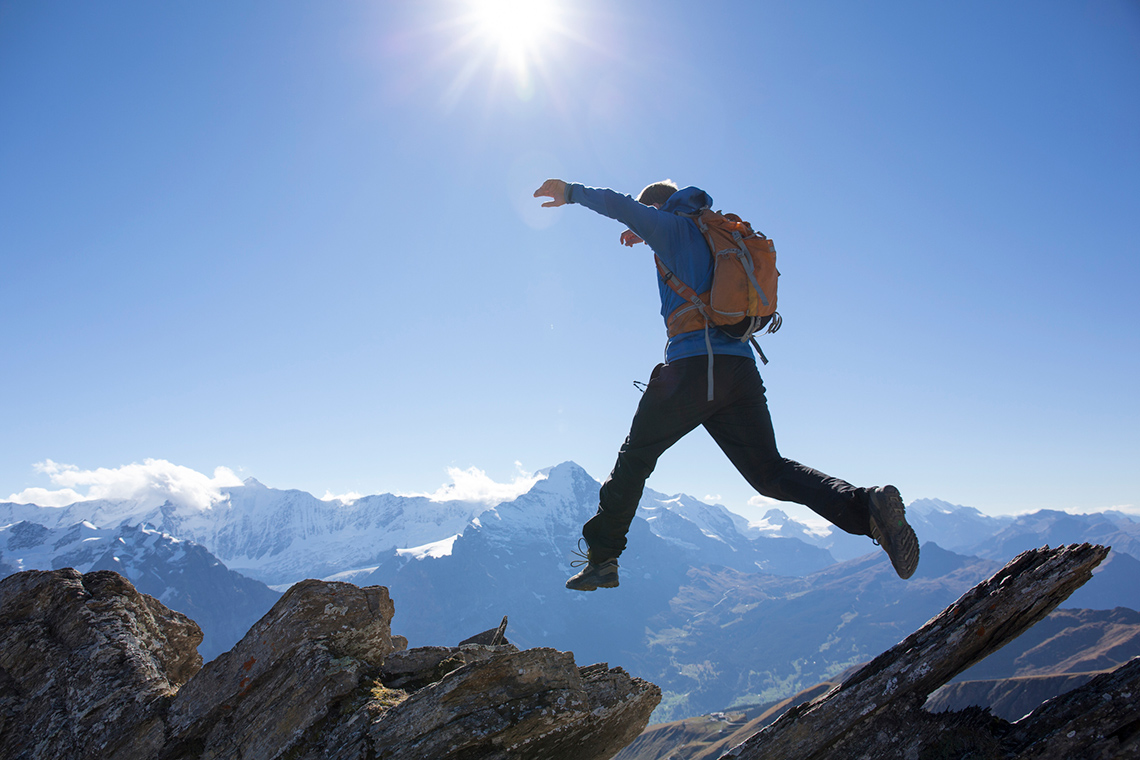Minds On
Trains, planes, and automobiles

Locomotor movements help the body travel from one location to another. These movements are considered the building blocks for performing more complex movements in sports and are often used in everyday life!
Consider and reflect on the following question: how do people move?
Brainstorm
Types of locomotion
What are some different ways people can move their bodies from place to place?
Come up with as many ideas as you can and record your answers using a method of your choice.
Action
Locomotion

Locomotor movements help us get to and from places and move in different ways. They also form the foundation of how we play different sports or perform certain activities. Throughout this learning activity, you’ll explore many ways we can move our bodies through space.
Before you begin, go over your safety check.
Safety
Before you begin, consider these safety precautions:
Warm Up
Warm up
For our “warm up” activity, let’s explore the following video, “Power Up: Outer Space .” Follow along with the various movements demonstrated in the video or use the video as inspiration to create your own movements.
Reflection
Now that you have completed the warm up, answer the following question:
- What did you notice about the movements in this video?
Locomotor movements
Locomotor movements allow people to move their body from one point to another. In this learning activity, you will explore different ways you can move your body through space.
How do you move your body from one spot to another?
Examples of locomotor movements
Here are a few examples of locomotor movements:
- running
- leaping
- shuffling (quickly dragging your feet sideways)
- weaving (moving from side to side, as if you were going in and out of cones)
- hopping
- jumping
- crawling
- walking
Explore the following images of locomotor movements and how to perform them. After you have examined a movement, attempt it for up to 30 seconds!
Press the following tabs to learn more about each movement.
To jump, begin by bending your knees and hips. Keep your feet close together. Keep your arms straight and by your side. As you begin to jump, press your feet into the ground and take off with both feet at the same time. As you do this, thrust your arms up. As you land, make sure you land on the balls of your feet.
Check out the following video to learn more about how to jump.
Bring one knee up high and then take a step forward. As you do, bring your arm on the opposite side forward and the other back. Now, bring the other knee up high and step forward again. Repeat what you did with your arms. Continue this motion.
Access the following video to learn more about how to march.
Begin with your feet close together. Choose your left or right leg as your hopping foot. This is the foot that will hit the ground. Lift the opposite foot up so that your knee is bent to 90 degrees. With this leg up, swing your arms and jump up. Try to land on the ball of your foot
Explore the following video to learn more about how to hop.
Skipping is like hopping except you move forward when you jump. Then, rather than jumping up and down on the same leg, you repeat the hop with the opposite leg. Remember to jump just a little bit up and a little bit forward. The motion should be smooth from one leg to the other.
Access the following video to learn more about skipping.
Face forward with your legs together. Lift your right foot and take a step to the side. After stepping with this foot, bring the other foot beside it. Continue this motion in the opposite direction and repeat.
You may also complete this movement by striding diagonally to the right, then move the left foot beside the right. Move your left leg then your right leg back to where you started, Repeat moving to the left.
Check out the following video to learn more about how to slide.
Take a step forward on one foot. As this foot is firmly on the ground, follow it with a step forward on the other foot. Keep moving forward using this motion. Be sure to move your arms with the motion to help keep your balance.
Striding can be accomplished by performing any movement which allows a person to move smoothly through an area.
Explore the following video to learn more about striding.
Alternative movements

You can modify the locomotor movements from the previous section by changing:
- the level
- the pathway
- the speed
Each of these methods help switch up our movements so that we can complete them in different ways.
Pathways
Pathways are a way to move from a starting point to an ending point in a space. Some examples of different pathways are as follows:
- straight
- zigzag
- curved
- diagonally
Speeds
Speed reveals how quickly you are performing the movement. Different speeds include:
- fast
- slow
- fast to slow
- slow to fast
Levels
When moving around, there are many levels you can use to move your body around in your space. These levels may include:
- high
- low
- log roll
- crouched
What’s a log roll?
Have you tried doing a log roll before? Review these steps to perform this movement:
- Start by lying on your back.
- Keep your body straight and tight.
- Stretch your arms above your head and turn with your entire body.
Brainstorm
Everyday movements
After exploring levels and pathways, why do you think these types of movements benefit our bodies? Give an example when a type of pathway, speed, or level could be used effectively in a sport or activity. Also give an example of when you have used a pathway or level in your day.
Drill down
Now that you’ve learned and attempted some fundamental locomotor movements, let’s put those new skills to the test!
Equipment
For this activity, you will need:
- cones or any objects that can be used as markers
- a ruler or measuring tape
The setup
Mark a starting line with two cones or any objects that can be found in your learning space. Measure about five metres away and mark a stop line with two more cones or objects.

Time to play
Your goal is to move from the start to the end point. However, each time you do this, it will get more complicated.
Round 1: Move from the start to end point using any locomotor movement that you explored in this learning activity.
Round 2: Move from the start to end point using any locomotor movement and either add a level or pathway to the movement.
Round 3: Move from the start to end point using any locomotor movement and add both a level and pathway to the movement.
Try It
Try it
Here are some ideas for how you could add different levels or pathways to your movements:
- leap from start to end
- hop in a crouched pose
- crawl and then perform a log roll
- zigzag hop with hand(s) raised
Review the following Drill Down Organizer Sample with examples of the movements that you could do for each round.
| Round | Locomotor movement | Level | Pathway |
|---|---|---|---|
|
1 |
|||
|
2 |
|||
|
3 |
When you are ready, record your movements in the Drill Down Organizer in your notebook or using the following fillable and printable document. If you would like, you can use speech-to-text or audio recording tools to record your thoughts.
Press the ‘Activity’ button to access Drill Down Organizer.
Cool Down
Cool down
We’re now going to cool down with ladder climbs and deep breath hugs.
Remember to take slow and deep breaths as you allow the heart rate to return to a normal pace.
Ladder climb
- If possible, stand tall with feet slightly apart.
- Slowly move arms and legs up and down as if you were climbing a ladder to the sky.
- Climb the imaginary ladder for 20-30 steps.
Press ‘Modification’ to access a modified warm up activity.
- If possible, sit upright with feet slightly apart.
- Slowly move arms up and down as if you were climbing a ladder to the sky.
- Climb the imaginary ladder for 20-30 steps.
Deep breath hug
- Stand tall or sit upright with feet slightly apart.
- Slowly take three deep breaths in through the nose and out through the mouth.
- Wrap arms around shoulders and give yourself a big hug.
Matching movements
Let’s review some of the locomotor movements you’ve just performed! In the following matching activity, review each term and select the corresponding definition.
Consolidation
Create your own adventure

In this activity, you’ll create a daring adventure story that uses locomotor movements, levels, and pathways. Then, you’ll act out the movements in the story!
Plotting your story
In each part of the story, the main character will go on different parts of an adventure. You will need to explain their movements as they go through the story.
Adventure checklist
Be sure to include the following elements in your story:
Press ‘Sample Story’ to access an example of a story that includes several types of movements.
Player 1 jumped forward five times to avoid the falling rocks behind them. As they moved forward, they had to get low and crouch down to avoid hanging cobwebs. They had to crawl slowly, as the tunnel became narrower.
Complete the My Adventure graphic organizer in your notebook or using the following fillable and printable document. If you would like, you can use speech-to-text or audio recording tools to record your thoughts.
| My Adventure | |
|---|---|
|
What happens in the beginning? |
Include at least three different movements: 2. 3. |
|
What happens in the middle? |
Include at least three different movements: 2. 3. |
|
What happens at the end? |
Include at least three different movements: 2. 3. |
Press the ‘Activity’ button to access My Adventure.
Try It
Try it
After creating your adventure, try it safely. If possible, share your story with a peer or adult. You may perform it, record a video or audio recording, or draw the movements.
Let’s think!
- Why do you think you might need to develop different movement skills?
- Where do you use some of the skills like running, skipping, hopping, and jumping?
Record your ideas in a notebook or another method of your choice.
Reflection
As you read through these descriptions, which sentence best describes how you are feeling about your understanding of this learning activity? Press the button that is beside this sentence.
I feel…
Now, record your ideas using a voice recorder, speech-to-text, or writing tool.




